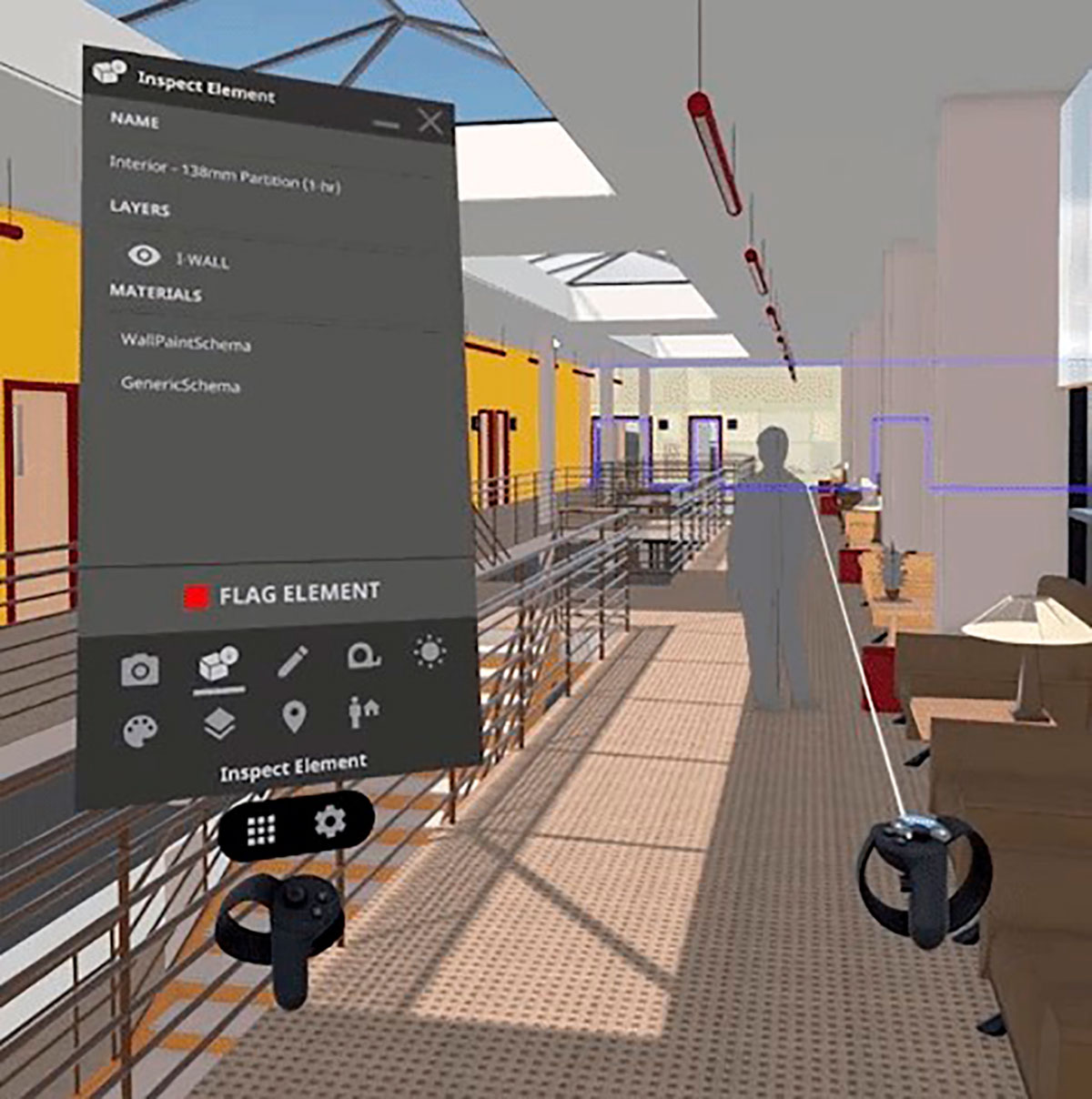Virtual reality has become an indispensable tool in architecture, design and construction. Its application is no longer limited to sketching and three-dimensional layout of the design, but makes it possible to simulate a non-existent space and experience it in all its aspects, whether aesthetic or functional.
One of the well-known technologies in this respect is IrisVR (from IrisVR Inc.). It creates interactive prototypes of spaces and buildings using Building Information Modelling (BIM) technology. Clients or end users experience the proposed designs as they explore them, even in the early stages of the project. This early immersion in the virtual reality of a building, in addition to anticipating client or user preferences, often reveals needs and/or obstacles that would otherwise be difficult to detect.

Zaha Hadid Architects has often experimented with virtual reality. For example, in the Serptentine art gallery in London, the firm offered visitors Serpentine Pavilion VR Experience, a virtual spatial experience that transcended physical limitations and gave them a more complete view of its architecture. Similarly, the presentation of the Morpheus Hotel demonstrated how a building still under construction could be experienced and appreciated in its entirety through virtual reality.
Virtual reality has therefore expanded the creative possibilities and significantly improved the way we interact with spaces in architecture.
By Juan Guardiola Cutillas, Senior Architect in the Architecture Department at Amusement Logic







